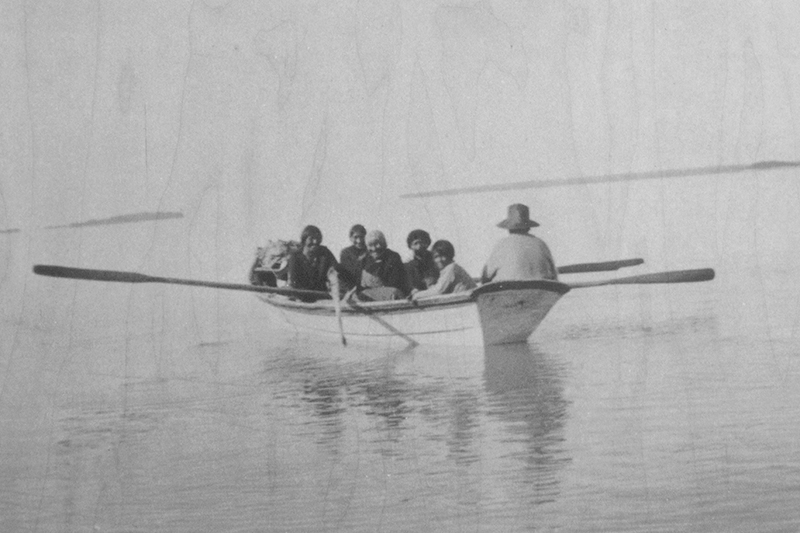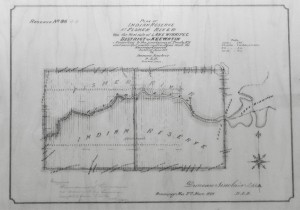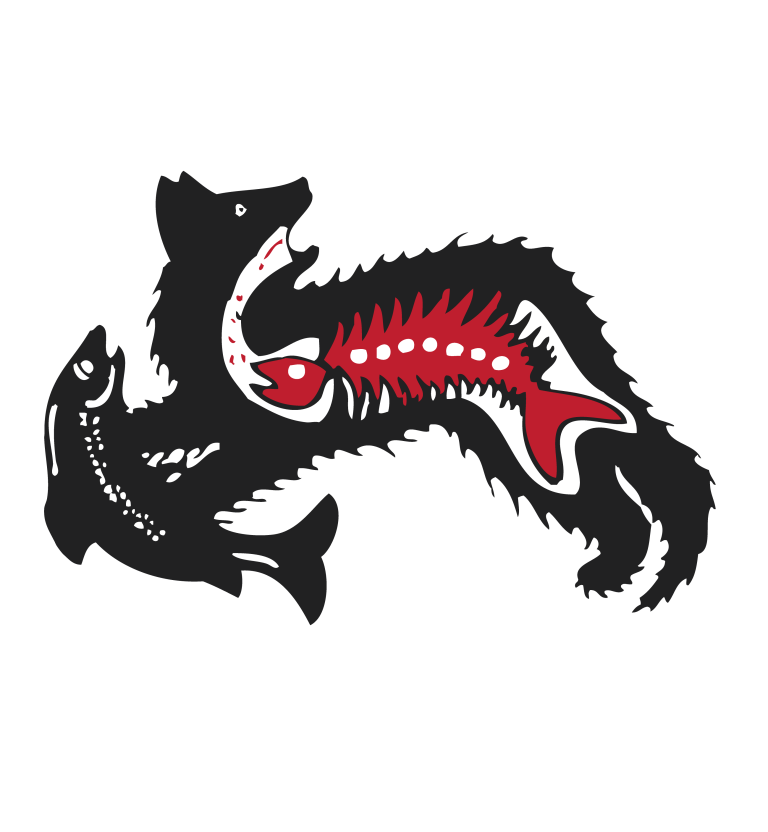This combination caused at least 200 Cree people to be put out of work. So, on the advice of local missionaries, a segment of the Norway House Cree who called themselves the “ChristianIndians of Rossville”1, decided to locate further inland on lands more favourable for agriculture and other traditional activities. In 1874, representatives of this group, led by Chief David Rundle, wrote the federal government requesting support to move to their southernmost hunting region around Grassy Narrows and the present day Icelandic River.
A request was also made to the federal government for a Treaty to be made to secure their lands, resources, and way of life. In the fall of 1875, Lieutenant Governor Alexander Morris concluded Treaty Number Five with the Norway House peoples, and gave Davis Rundle’s people the present reserve at Fisher River.
However, there was a delay in the move due to an outbreak of small pox in the Icelandic colony just south of the proposed reserve site. So, in the summer of 1877, when the quarantine was lifted, 200 people (43 families) made the 200 mile journey south to the present day Fisher River Reserve. Upon arrival, the people built homes and divided up the land to be used for farming.
In addition to farming, the people took part in the seasonal labour provided by the fishing and lumber industries.2 Throughout the 1880’s many more families from northern Manitoba joined the original settlers.3 In 1908, the band signed the adhesions to Treaty Number Five which brought more people into the band.





